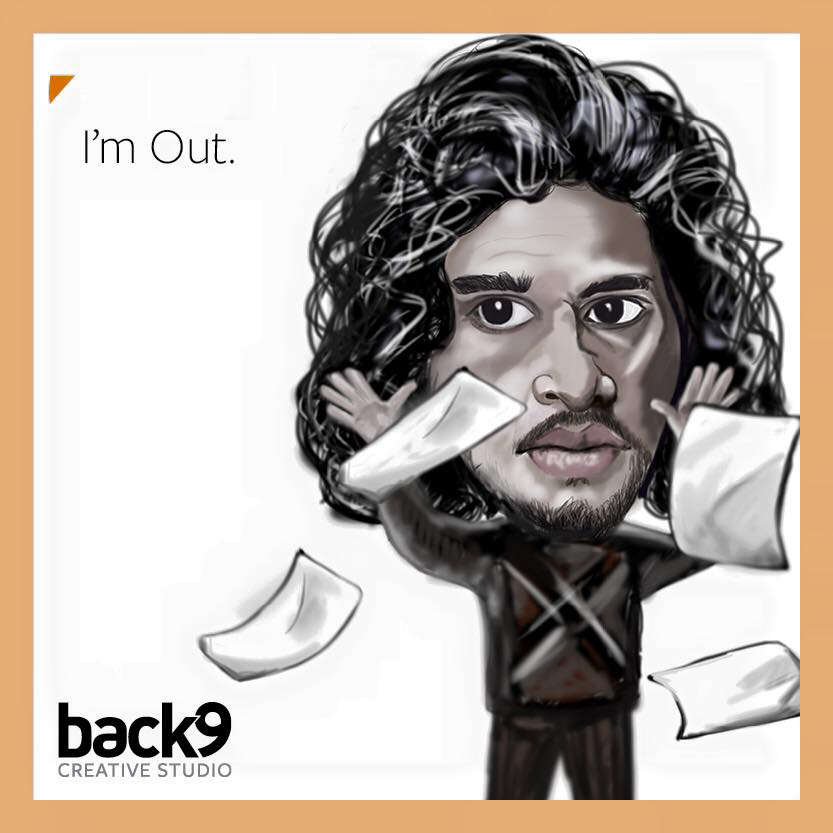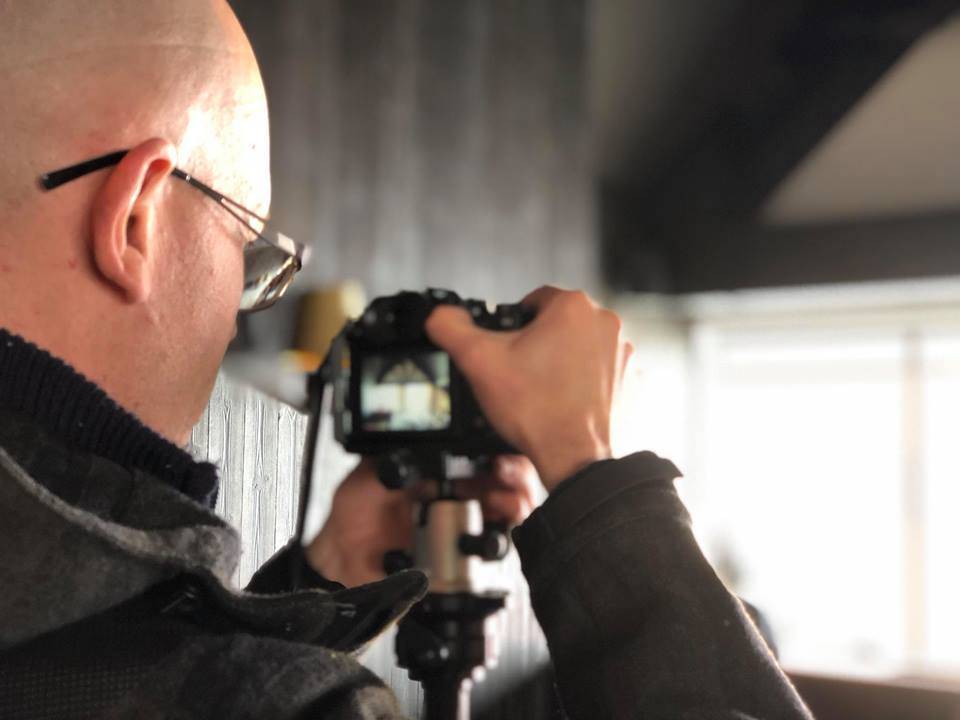Getting work done by the professionals means that you get top-quality results. But it also means that you pay top-quality prices. With the ability to find free use images online and to purchase high-quality stock images, is there still a good reason to hire a professional photographer? Stock images are helpful in a pinch or in certain situations. But using them to save money can actually cost you more in the long run. We go into detail about this in our blog post about Stock vs Original Photos. So is professional photography for your business really worth it? The short answer is yes.
And the long answer? Yeeeesssssss.
Quality over Velocity
Everyone knows the phrase quality over quantity. It’s better to get a few of something good than a bunch of something not good. But quality over velocity is just as important; it’s important to get something high-quality that takes time than something inferior right now. Getting something now is the business model that stock image sites rely on. For a few dollars each, you can get high-resolution images that you’re allowed to use commercially. Sounds good, right?
That is, until you notice that a lot of other people had the same idea. Stock images run the risk of you and a rival using the same picture to represent something, which takes away credibility from your brand if potential customers find out. And even though the images are of good quality, people tend to recognise when an image is a stock photo. So if you want to seem genuine, original photos are best.
Original Vs Professional Original
You might be thinking “I have a decent camera, I’ll take the original pictures myself!” And if you have the skills and the equipment, it’s a great way to cut costs. However, a flip-phone camera in a 20 -year-old phone isn’t going to represent your products well. Many modern-day smartphones have decent cameras for everyday use, but still pale in comparison to a trained eye using top-notch gear.
For a professional photographer, there’s more thought that goes into an image than deciding whether it should be portrait or landscape. Ideal dpi, focal length, lens type, light and shadow, distance and angles, modelling and more are considered before a photo shoot. You’ll also get unmatched consistency in style which brings an air of cohesiveness and unity to your brand.
Does professional photography REALLY make a difference?
It’s true that a lot of thought goes into staging a shot. A professional photographer considers dozens of variables before they press the shutter button. However, sometimes pro shots are overkill. You don’t actually need a 195 gigapixel image that lets you zoom in from a mile away for anything you sell. But there’s a difference between getting the best picture money can buy and the best picture for your specific goods and services.
Photographers have more skills than pointing and shooting, especially when people are involved. Take this experiment for example, where a real photographer and an actor took pictures of people and the difference in results. Getting the subject comfortable and in a good position can be tough. A good photographer is also well-versed in editing to make the end result look even better. Going through the results, choosing the best one, and modifying them without taking away the “realness” is a complicated task. But makes for a better final product.
Should I have ALL of my pictures done by a professional then?
That depends on your specific industry and business. Using professional pictures for your products or for something that represents the services you offer is the best option. For example, photos for a website banner. But if you have literally thousands of products, that can a little hard to get them all. Even some of the big box stores don’t go into that much detail. With that many products, we recommend breaking them down by category (especially if you have/want to have an online store) and using one professional image to represent each category at a minimum.
 But candid photos and in-the-moment pictures help give your personality too. You don’t need to call in a pro to take a picture of accidentally matching outfits two team members wore or crazy moments like when a cork shoots out of a champagne bottle and lands neatly in a partially-open glasses case (Try that again, Phil!). Pictures for social media and quick shots are fine to be done with what you have on hand. There’s no reason to wait to try and stage everything for a professional arrive when you’re just going to stick it up on Facebook or Instagram!
But candid photos and in-the-moment pictures help give your personality too. You don’t need to call in a pro to take a picture of accidentally matching outfits two team members wore or crazy moments like when a cork shoots out of a champagne bottle and lands neatly in a partially-open glasses case (Try that again, Phil!). Pictures for social media and quick shots are fine to be done with what you have on hand. There’s no reason to wait to try and stage everything for a professional arrive when you’re just going to stick it up on Facebook or Instagram!
When thinking about paying for a photographer, just keep this mantra in mind: For your site they delight, and for social you don’t shell.
What kind of professional photos do you take?
With a photographer on staff, we can include photo shoots as part of a marketing package or do them as a standalone service. Along with product photos, we’re also able to do scenery shots, event shoots, and most anything that you need. We can even do your staff photos and help your team members take a picture they’ll be pleased with and proud to display on your website.
With our help, you can have original, high-quality, professional pictures that will entice customers to your company and keep them interested and in awe when they see the fantastic way your images represent the actual product.





 Step 2: Consideration
Step 2: Consideration Any sales process should recognise the buyer’s journey and salespeople especially should understand it too! When you build a website – your website should be your best salesperson, after all it is working 24/7. That being said, it’s important that you have the buyer’s journey in mind right from the initial design, which is why
Any sales process should recognise the buyer’s journey and salespeople especially should understand it too! When you build a website – your website should be your best salesperson, after all it is working 24/7. That being said, it’s important that you have the buyer’s journey in mind right from the initial design, which is why 
 Are videos really that important?
Are videos really that important?


 Posting regularly on social media works well for people who already know your brand. But how do you reach new people? When you run a short-term sale or offer a special deal, how do you make sure potential customers hear about it?How do you make sure your message gets to the right people?
Posting regularly on social media works well for people who already know your brand. But how do you reach new people? When you run a short-term sale or offer a special deal, how do you make sure potential customers hear about it?How do you make sure your message gets to the right people?